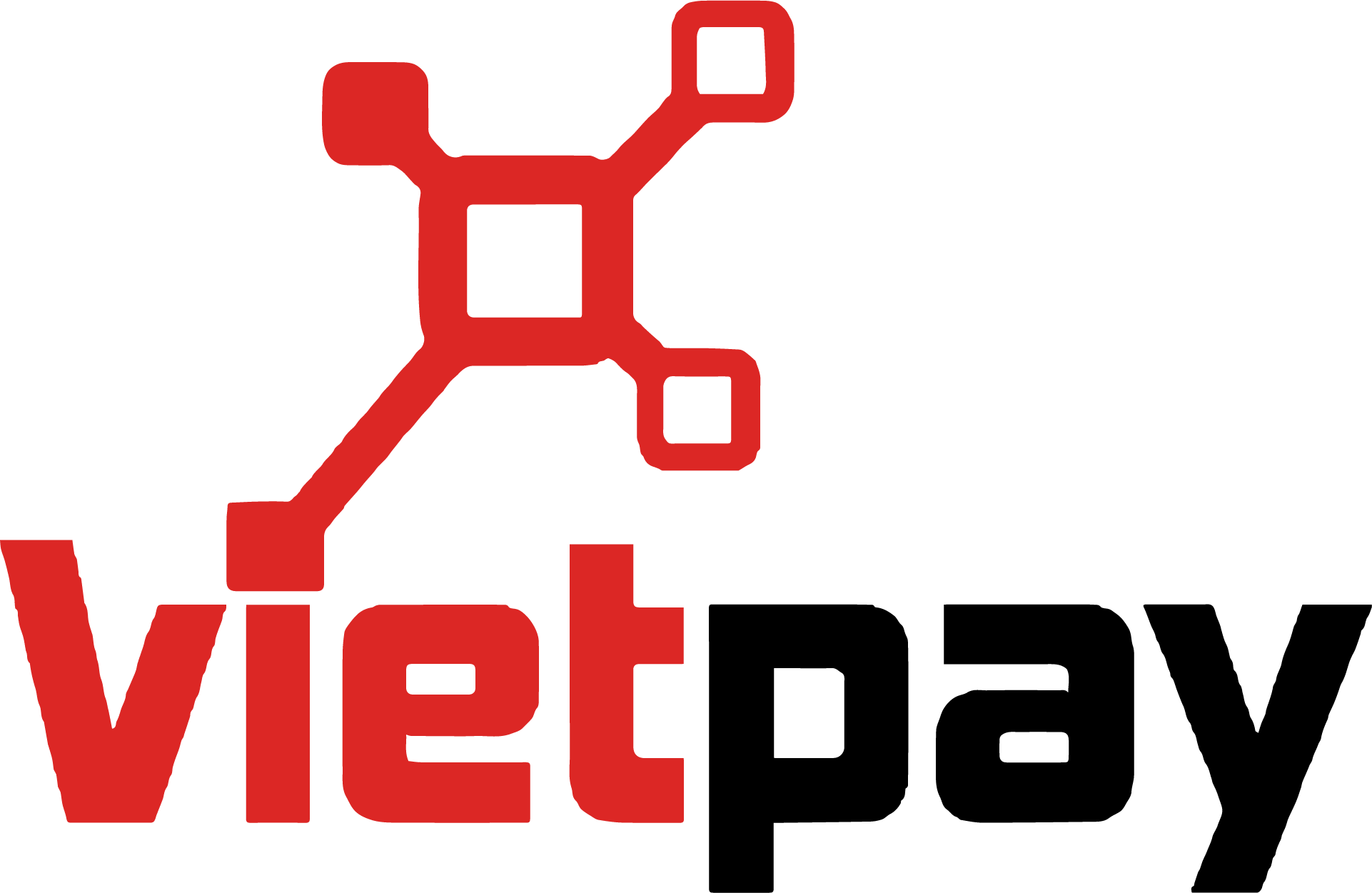ProfessionalCloud Management& PCI Compliance
Expert cloud account management and PCI DSS server audits. We specialize in securing your cloud infrastructure and ensuring compliance with industry standards.
Cloud Account Management
Complete cloud account setup, monitoring, and optimization with expert management.
Cloud Management
PCI DSS Audits
Trusted byTop Enterprises
Join the world's leading companies who trust ArcLogiq to protect their critical infrastructure and accelerate their security transformation.

PVcomBank
Banking & financial services

VietPay
Digital payments & fintech solutions

DBTech
Fintech Services
OpeninApp
Smart linking & growth platform
Industries We Serve
As Your DevOps Service Provider?
Discover why businesses trust our team for reliable, scalable, and secure DevOps solutions.
On-Time Cloud Delivery
Ensure efficient cloud management practices for on-time, reliable deployment cycles with a full-service cloud provider.
Skilled Cloud Engineers
Leverage cloud best practices with skilled, culture-fit cloud engineers to take your business to the next level.
Flexible Management Model
Get customized cloud management services to fit unique project requirements and scalability needs.
Best Security Integration
Incorporate top-tier security protocols within the cloud services pipeline to safeguard data and applications.
Dedicated Cloud Team
Hire cloud engineers to optimize your infrastructure for continuous improvement and delivery.
Better Scalability
Design cloud strategies that scale with your business. Build scalable products with optimal performance.
Cloud Management& PCI Compliance
We specialize in two core areas: comprehensive cloud account management and PCI DSS server audits to keep your infrastructure secure and compliant.

Cloud Account Management
Complete cloud infrastructure management including account setup, monitoring, optimization, and ongoing maintenance for AWS, Azure, and GCP.

PCI DSS Server Audits
Comprehensive server security audits and PCI DSS compliance assessments to ensure your payment processing infrastructure meets industry standards.
For Professional Results
Our specialized focus on cloud account management and PCI compliance delivers measurable results that protect your business and optimize your infrastructure.
Rapid Cloud Setup
Get your cloud infrastructure properly configured and monitored within 48 hours with our expert setup process.
Cost Optimization
Reduce cloud spending by 30%+ through intelligent monitoring, resource optimization, and waste elimination.
Expert Management
Access to certified cloud architects and PCI compliance specialists without hiring full-time staff.
Proven Results
Successfully managed 200+ cloud accounts and completed 150+ PCI compliance audits with 100% success rate.
ServicesOur Expert-Driven
Full Suite DevOps Development Services
DevOps Consulting Services
Transform operations with strategic DevOps consulting services. Assess, plan, and strategize for seamless, automated workflows and improved efficiency.
DevOps Implementation & Containerization
Optimize application development with cutting-edge implementation and containerization. Enhance speed and scalability with Docker and Kubernetes integration.
DevOps CI/CD Services
Ensure fast, reliable software delivery with advanced Continuous Integration and Continuous Deployment. Use Jenkins, GitLab, and other leading tools with DevOps as a service.
DevOps Release Management and Orchestration
Manage complex deployments effortlessly with sophisticated release management solutions. Automate processes for consistent, error-free delivery and operational excellence.
Infrastructure and Configuration Management
Achieve precise automation and infrastructure management with DevOps services. Leverage Docker, Kubernetes, Ansible, Chef, and Terraform for optimal deployment.
Security/Monitoring
Secure operations and gain critical insights with integrated monitoring and security measures. Employ Splunk, Prometheus, and more for real-time visibility and compliance.
DevOps ServicesMove With A Clear-Cut
DevOps Services Operations Strategy Ahead
Project Discovery
Identify your challenges and opportunities with our detailed discovery phase. Set the stage with a specialized DevOps services company.
Planning
Develop a comprehensive plan that aligns with your business goals. Focus on efficiency, scalability, and security in your DevOps journey.
Creating Roadmap
Outline a clear, actionable roadmap detailing step-by-step processes to achieve your DevOps services transformation with precision and clarity.
Execution
Implement the devised strategy with meticulous execution. Leverage cutting-edge tools and practices to enhance your operations and delivery.
What Our Clients Say
Trusted by industry leaders, our DevOps expertise drives faster deployments, stronger security, and seamless scalability — all tailored to your business needs.
Abishek Kumar
CTO, DBTech
"Arclogiq completely transformed our cloud infrastructure. Their approach was efficient, and the team worked seamlessly with our internal systems. It was a hassle-free experience with impressive results."
Smita Patel
DevOps Manager, VietPay
"The PCI compliance services offered by Arclogiq saved us both time and compliance stress. Their audits were thorough, and the documentation was exactly what we needed for regulatory approval."
Robert Johnson
Co-Founder, PVcomBank
"Their Kubernetes setup was not only quick but also well-architected. What stood out was the ongoing support — timely responses and genuine commitment to long-term success."
Ayesha Ali
VP Engineering, OpenInApp
"Arclogiq's team is incredibly responsive and skilled. From our first meeting to implementation, they were proactive and solution-focused. Highly recommended for cloud management."

Ready to Secure Your Cloud?
Join enterprises who trust SecureCloud Pro to protect their critical infrastructure. Start your security transformation today.